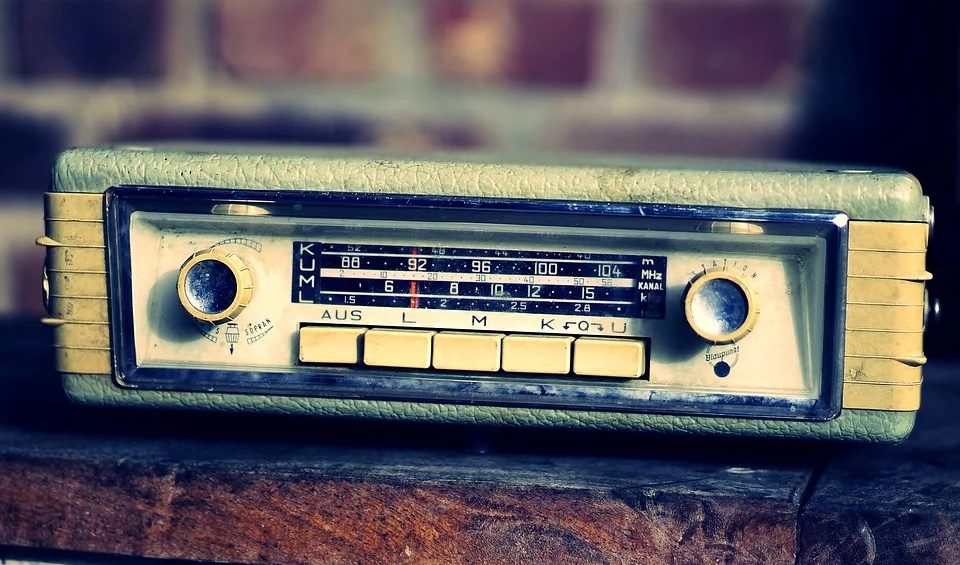
According to the informative article I just read, AM radio is dead. The author very clearly stated that the “distracting, degraded, static-y AM” radio system had long outlived its usefulness and that the FCC should intervene and put the obsolete format out to pasture.
From a technological standpoint, AM radio is antiquated and out-of-touch as an entertainment venue. While there is still debate over its importance as part of our national emergency broadcasting system, every other aspect of the AM range is on life support, with a handful of holdouts clinging to a network that hasn’t really been viable for years.
The big question is “Why?” There are other, better delivery systems, so why keep propping up this network for stations to which people can’t even tune in half the time?
The Dial on the Decline
I can already hear some of my friends and family members shouting, “I listen to AM radio all the time!” They’ll go on and on about not being able to hear their favorite sports talk or news pundits, if AM radio were to vanish. To be fair, AM radio does still have a respectable audience: between 58 and 59 million people listen to AM radio weekly. Certainly not the broadest reach, but are advertisers ready to dismiss that many potential customers out of hand? Absolutely not.
So, what should we do? We have a product with a devout market, but it’s only available via an anachronistic service. If technological advancements mean AM radio is outmoded, does it follow that talk show listeners are out of luck?
Of course not. In fact, the more entrepreneurially-minded among us probably already see a tremendous opportunity.
The market—the listening audience—is there. If AM radio were not an option, then another outlet can (and will) be found for the product, whether that is digital FM stations, direct streaming, or some other option we haven’t even discovered. And since more people are already using some of those channels, chances are that moving to a more modern forum would result in an audience base even larger than the one currently using AM.
In the case of AM radio, there is a market for the product. Those who are interested in—or even able to—put up with the deficiencies of AM radio, though, are fewer in number than ever. In other words, the market has moved on, but those offering the product have not. And there’s a serious lesson there for the retail industry.
Retail is Evolving
Nearly 9,300 retail stores were shuttered in 2019, and the most common cause cited is the rise in internet shopping. The media loves to talk about the so-called “retail apocalypse,” and there are, in fact, many reasons for concern there. A deeper look at the statistics, though, reveals a more complex picture.
For one thing, the apocalypse is more limited in scope than the numbers seem to imply. Research shows that 75% of all closures in 2019—nearly 7000 stores—reflect only 20 retail brands. That likely says more about those retailers than about the industry in general.
The same report claims that for each retailer closing stores in 2019, at least five chains open new stores. In fact, the number of chains adding stores in 2019 increased 56% over last year, while the number of store closures dropped by 66% over the same period.
As I mentioned in my last post, encouraging figures like these are not some kind of “all-clear” for retailers. If anything, it’s just the opposite: a warning. Consumer habits are changing, so either get with the program or get left behind.
Giant malls were once the destination for anything you could have in mind. Now, though, they’re almost as outdated as AM radio. In fact, Credit Suisse predicts that of U.S. malls remaining in 2017, as many as 25% could close by 2022. At the same time, the National Retail Federation anticipates holiday retail sales during November and December this year will increase between 3.8% and 4.2% over 2018 totals. In all, consumers are expected to spend nearly $731 billion this season.
People obviously haven’t stopped shopping; the way they shop, however, is evolving. The internet certainly plays a large role in that, but that’s hardly the only cause. Too many malls built, poor management of retailers’ resources, locked-in contracts, the dwindling American middle-class…all these factors and more combine to signal the death of the traditional shopping experience.
But it’s important to keep sight of the fact that shopping itself isn’t dying—only the way it’s conducted. Yes, certain retailers have gone belly-up, but that can’t simply be blamed on eCommerce. More than anything else, what has killed certain retailers is the refusal to acknowledge and act on the changes within their industry. “This is the way we’ve always done it!” is not a business plan, but it’s a sure recipe for disaster.
The old order is changing: those who rise up to greet the future can profit, while those stuck in the past will simply fade away like the crackle of an AM station. Don’t blame the internet for it; if anything is making your retail business falter, the culprit may well be lurking in your mirror.
